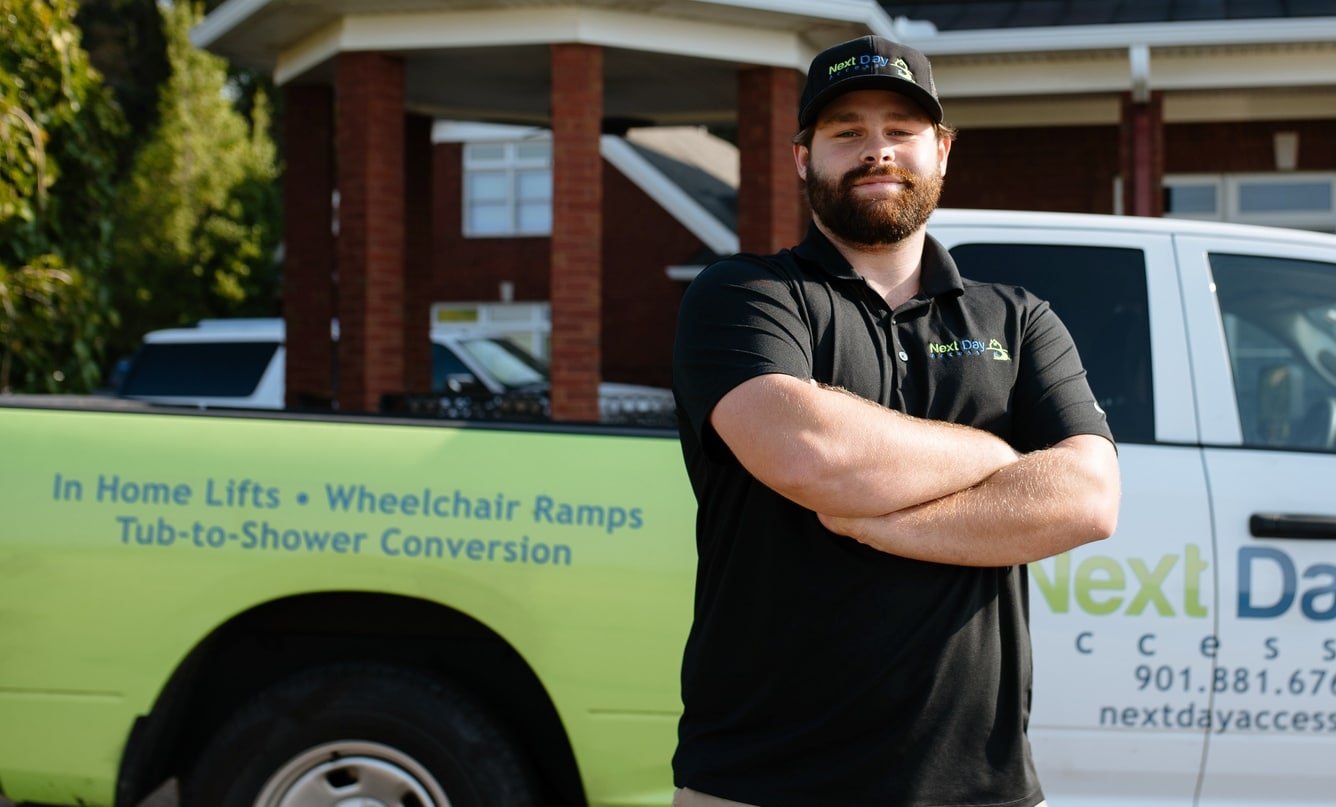
Anyone who uses a wheelchair or mobility scooter regularly encounters accessibility obstacles daily. Things like curbs in parking lots, soft or uneven ground, narrow doorways, and other similar things don’t seem like a big deal to a person who is not in a wheelchair, but it makes it impossible for a wheelchair user to access different areas. Existing buildings and facilities can improve their accessibility by checking out this ADA Checklist. Simply being aware of what spaces are not wheelchair accessible and working to improve them will go a long way in helping people with disabilities.
Workplace Obstacles
The workplace is a common area where people with disabilities have trouble accessing certain areas. Many times the entrance won’t have a wheelchair ramp, or if it does, it’s barely wide enough to fit a wheelchair on. Tight turns in office spaces are difficult for wheelchair users, and the restrooms are often problematic as well. People with physical disabilities shouldn’t have to struggle with being comfortable at work, so if there are any accessibility limitations you deal with, discuss them with your employer.
Tight And Narrow Restrooms
Public restrooms are often very tight and narrow, making it nearly impossible for a wheelchair user to quickly and effortlessly get in and out. Public restrooms are required to have wheelchair accessible stalls with grab bars. The sink and toilet heights also have to be adjusted to accommodate people in wheelchairs. If these components are not in place, it can make things very difficult for a person in a wheelchair to use the restroom.
Poorly-Designed Or Non-Existent Wheelchair Ramps
If a business doesn’t have a wheelchair ramp outside its establishment, there is no way for a wheelchair user to access it. Some businesses have a wheelchair ramp, but it may not have been built professionally, so it appears unsturdy, not wide enough, too steep, or dangerous in other ways. Every wheelchair ramp has specifications that must be met to be ADA compliant. Otherwise, if the ramp itself is dangerous, then it’s not doing any good for a person with disabilities.
Grocery Store Obstacles
Some grocery stores are more wheelchair accessible than others. The good ones will have wide aisles, parking spaces close to the entrance, and allow people to use mobility scooters with a basket attached. However, some obstacles are difficult to avoid, like having certain items high on shelves. This obstacle can be combated by having employees readily available to assist when needed.
Next Day Access strives to make every space wheelchair accessible, so people with disabilities don’t have to struggle with accessibility. Sometimes all it takes is a simple wheelchair ramp to make life easier for a person in a wheelchair. Other times various modifications in and around the building will need to be made. If you notice any area of a building that may have accessibility concerns and needs attention, contact us at any time, and we would be happy to assess the area and make appropriate recommendations.
Find the Right Accessibility Solution Fast
Reach out to a location near you today for a custom quote!
Contact Next Day Access today for reliable mobility solutions backed by responsive, expert installation. Enter your ZIP code or postal code to find a location near you and take the first step toward a safer, more accessible space.

Find the Right Accessibility Solution Fast
Reach out to a location near you today for a custom quote!
Contact Next Day Access today for reliable mobility solutions backed by responsive, expert installation. Enter your ZIP code or postal code to find a location near you and take the first step toward a safer, more accessible space.
